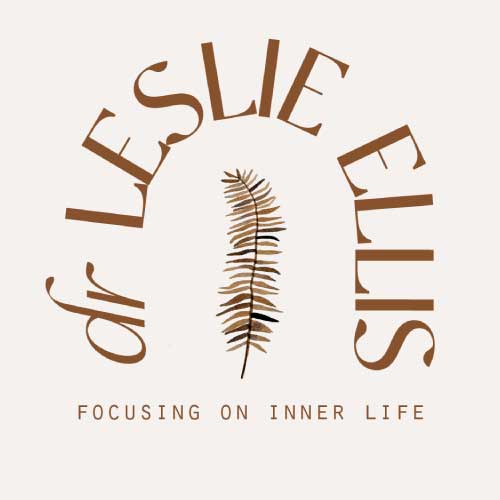Jung wrote vast amounts of material about dreams, so much that to approach the topic can be intimidating. In the first lecture for the free dream summit now taking place on The Jung Platform, John van Eenwyck pares this enormous topic down to a few helpful ideas about how to work with your dreams.
The first thing van Eenwyck says is that we don’t really know what dreams are. This echoes Jung’s idea that we should approach each dream as if it were a totally unknown object. In particular, we cannot assume we know anything about the meaning of the dream images of someone else. That said, Jung saw dreams as complementing waking consciousness by presenting the opposite of our day-world view. For example, a priest who lives an exemplary life dreams of dark, sinful behaviors at night. Our dreams often pick up on our shadow, or our unlived life.
To engage with your dreams, you need to record not only your dreams, but also their context. We all know that keeping a dream journal involves writing down our dreams, ideally as quickly as possible after dreaming them, and in as much detail as you can recall, because otherwise dreams often slip away. Van Eewyck also suggests that before going to sleep, we jot down a few lines about the main events or what occupied our thoughts during that day. This way, we can relate the dream content to the events of the previous day, the so-called ‘day residue.’
He also suggests we avoid editing our dream material. Write down everything that you can about your dreams upon waking – from having no dreams that you can recall, to recording vague sensations or emotions, and from small dream snippets all the way to epic dream stories. When we do this over time, we build an archive of our dream life, something we can refer back to.
To work with another’s dream, we might first look at the setting: who or what is in the dream, and where does the dream take place? Then we can ask into the dreamer’s associations; what the dream elements mean to the dreamer is far more relevant than what we, as the dreamwork, may think a dream image means. After this, we can engage in amplification of the dream, looking at what stories and myths might relate to the dream, and then checking with the dreamer to see if anything resonates for them.
Lastly, the biggest takeaway for van Eenwyck is Jung’s suggestion that we dream the dream onward. This is particularly true for nightmares because by definition, we wake from them in the middle of the action, before the dream has reached a resolution. He provides a poignant example of Ruby, a client who had severe Lupus and was given six months to live. In her frequent nightmares of a pursuer who planned to rape and kill her, Ruby would work with van Eenwyck to dream the dream on to a better place. The last time she had this dream, she turned toward her would-be killer and it was a 9-year-old boy looking for help to find the way home. She did help the boy, and not only did the nightmares cease, but she also experienced a lifting of the severity of the disease, and lived for many years beyond what her doctors predicted.
Was this spontaneous remission due to the dreamwork? Or did the dream reflect the unexpected turn for the better in her health? Like so many things about dreams, we can’t know for sure. Van Eenwyck concludes that we don’t waste too much energy looking for definitive ideas about dreams, but instead to enjoy them. He concludes, “The essence of dream analysis is play.”
Join me and 11 other dreamworkers Jan. 14-17 for a free dream summit exploring the fascinating world of dreaming. Look for my talk on why and how to use dreams in clinical practice on Jan. 16 at 11am PDT.
Jungian dreamwork basics from John van Eenwyck at the Jung Platform Summit

